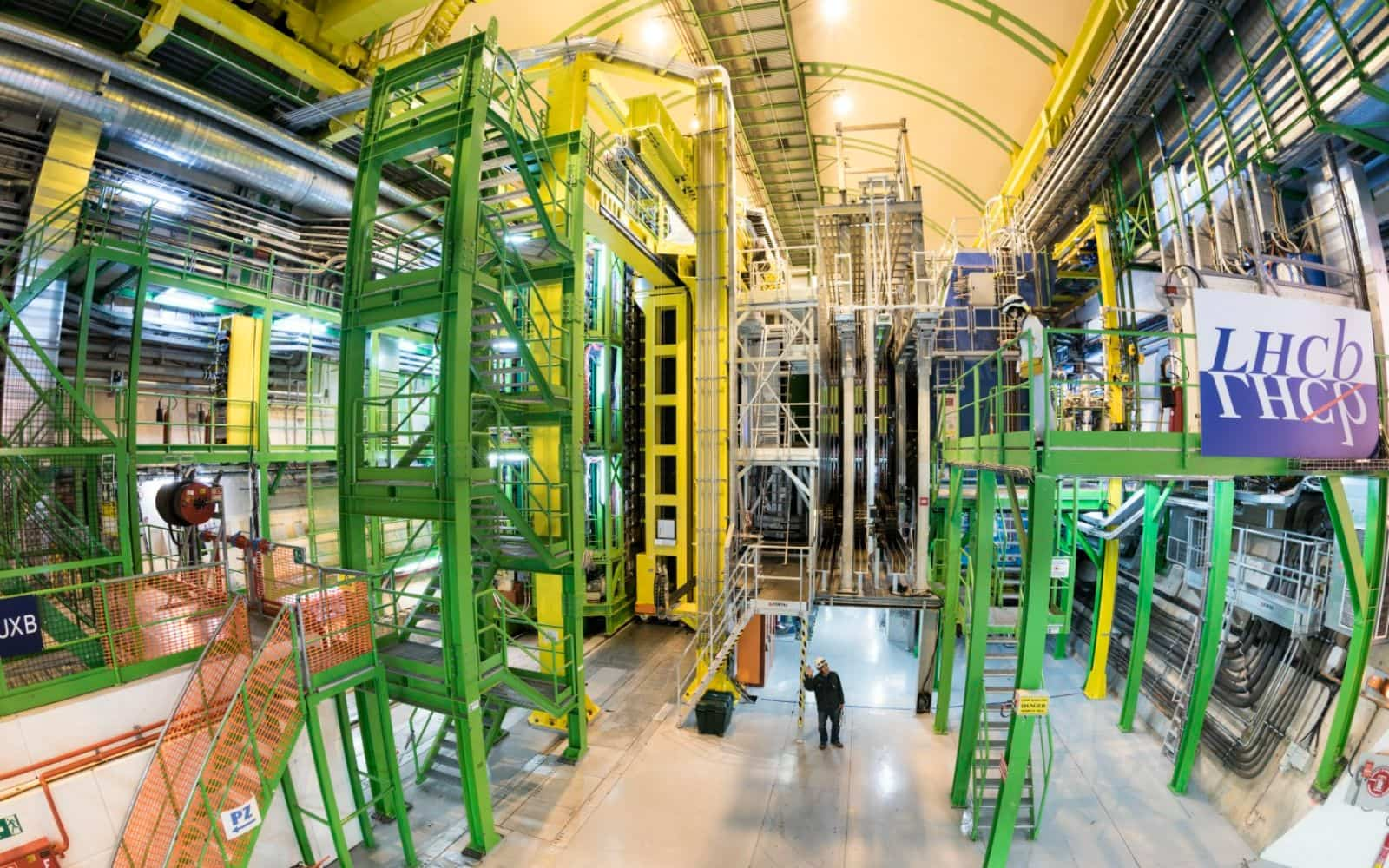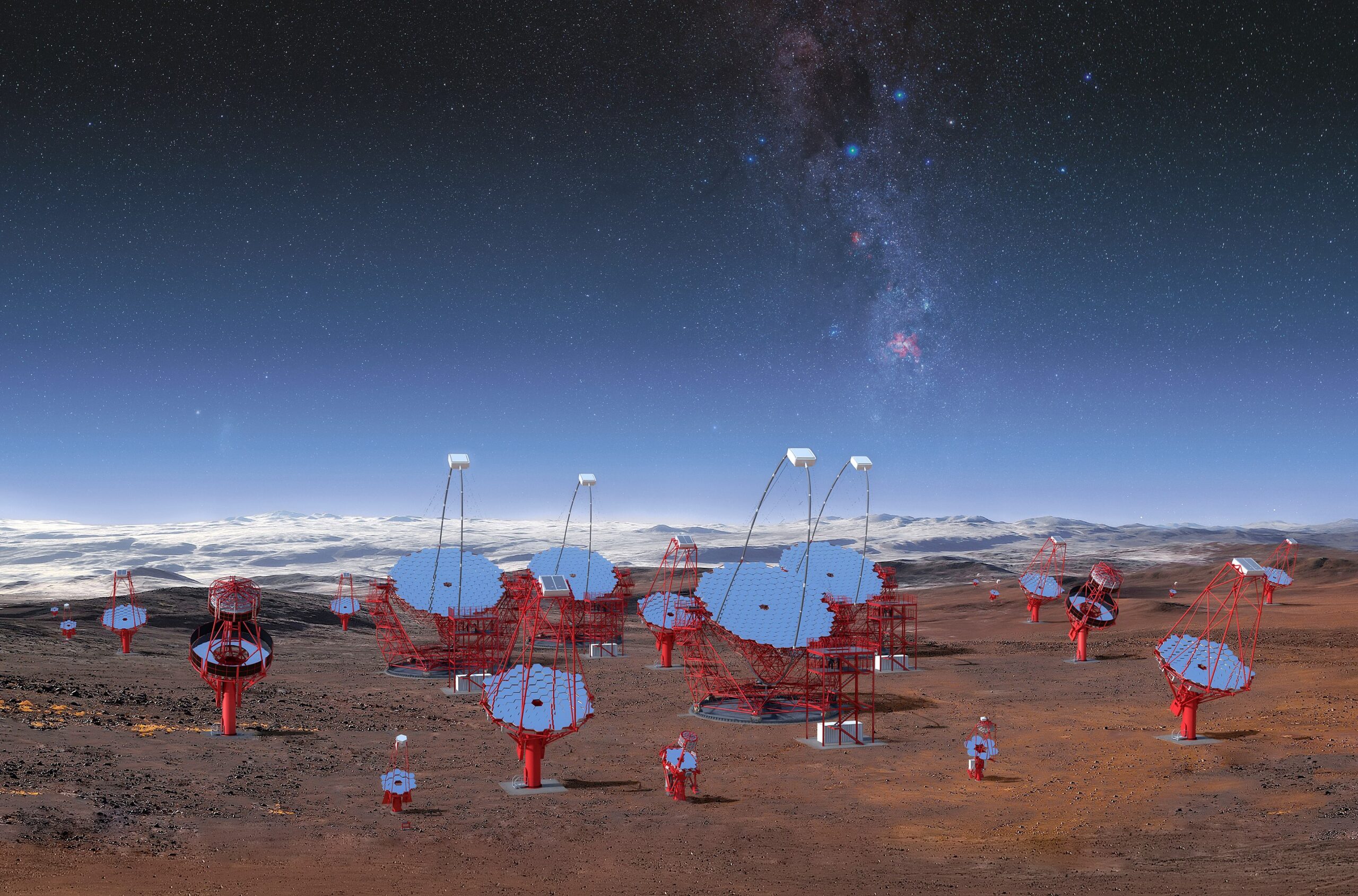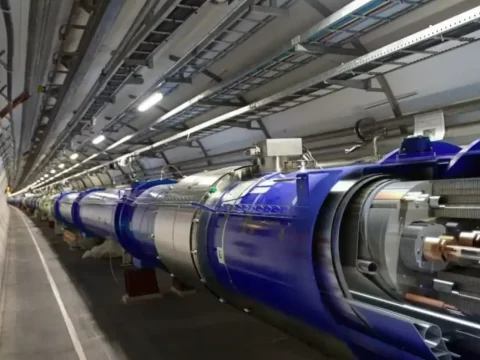In the field of astronomy too, detectors play a crucial role in observing and recording electromagnetic signals coming from space, in a very wide range of frequencies: from optical to radio, up to the most energetic X- and gamma-rays. Detectors designed for fundamental research may be very useful for applications, in particular, in the medical and diagnostics field too. Medical imaging techniques, like computed tomography (CT) or magnetic resonance, for example, are based on using detectors for identifying the presence of wounds or diseases in various organs and tissues of the human body. In radiotherapy, detectors are used for monitoring the doses of radiation administered during the treatment of tumours.
Given their crucial importance for fundamental research and applications, the design and building of increasingly efficient and sensitive detectors constitutes a genuine research sector that involves many researchers with different backgrounds.



